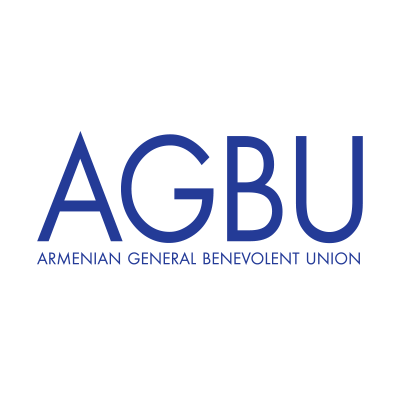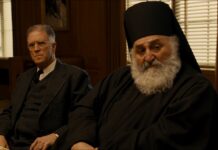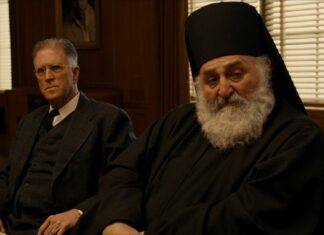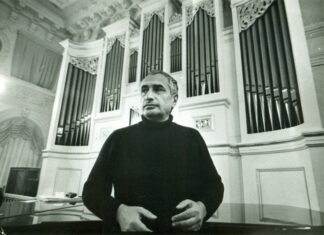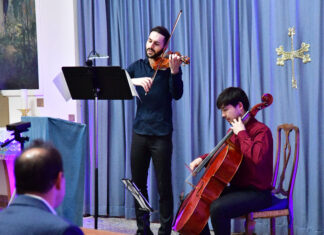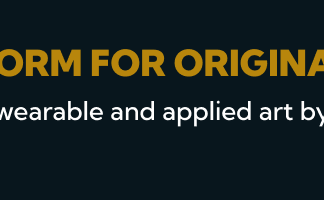Imagine that words are no longer a prerequisite to translating, typically understood to be the reworking of a text from one language into another to create an equivalent of the original text. In other words, imagine taking translation beyond the formal equivalence of two languages and expanding it to actually include the memories and the stories that surrounded the original text when it was being created.
Using this new understanding of translation, The Armenian Creatives’ Those words, that offer to us: Handwritten Texts (self-published with support from The Calouste Gulbenkian Foundation, May 2024) offers us four experiments that engage in a fascinating search and discovery process with handwritten texts the contributors have inherited from their elders. All four move beyond textual notations and make the interpretation of captions on the back of photographs, symbols embroidered into lace patterns and needlework, and other material realities of the heirloom, part of their “translation.”
For example, Alex Aleco, a mixed-media artist based in Pittsburgh, “gets intimate” with a letter Rose Keshishian, a neighbor and a friend who lived in the same building as their grandmother, Virgini Krikorian, during the Civil War years in Beirut, Lebanon, has written her. True to their understanding of translation as the reconstruction of the “then-present” into the “now-present,” Alex makes the stories Virgini shares with them for context — the war, the connection she has to Rose, “like I’m her daughter. I didn’t have anybody, my mother, it was war, they went to Armenia to escape” — as they read the letter “together, in her room in Glendale,” part of their “translation.” The intimacy and the closeness Alex has to their medzmama also builds into the “reconstruction” of the heirloom.
In another experiment, Emma Welty, a textile artist in Connecticut, explores “translation that’s possible when you don’t know any Armenian.” Through research and messages posted on social media asking for help with the meanings of the words handwritten on the back of a 1919 group photograph of her great-grandmother in a refugee camp, Emma deciphers the “good morning” inscribed on the photograph and interprets the lace patterns embroidered on the cloth hanging in the background as a reference to pre-Christian Armenian sun worship, in her words, “a reminder that these ancient crafts will survive in our hands, even if our captions have forgotten some of the details.” Emma’s “translation” itself is a touching reminder of the Armenian Creatives’ — the collective of young artists who came together six years ago in Brooklyn, New York, “to fulfill an urgent need for togetherness” — commitment to their Armenian identity.
Expanding translation even further, writer and poet Cleo Abramian, an MFA candidate in poetry at UMass Amherst, attempts “to translate a practice that has always been spoken and then stops.” Her experiment involves “translating” the “recipe” for baking the Persian-Armenian pastry Nazook — a pastry made only in Armenian homes in Iran — that was never written down but passed from one generation to another by “the act of doing and remembered by repeating it over and over again . . . Here in the US, you’re never going to find what we call nazook.” The conversations and the stories of walking to the bakery in the middle of the night, of people stopping by any time for tea and nazook that the women share as they prepare the recipe may seem casual but they bring to light something hidden in the depths of the women’s identities — the feeling of belonging to a community, of caring and of sharing that semantics alone could not communicate.
Much in the same spirit of adventure, Rehan Miskci, a New York/Istanbul based visual artist explores the inscriptions on the back of a fragment of her father’s graduation photograph from Getronagan Varjaran in Istanbul along with other paper records — travel documents and her grandparents’ marriage certificate in Armenian granted by the church in Istanbul — to reveal the complexities of the lives of Armenians living in Ottoman Turkey. By scanning the barely legible inscriptions in different languages in the various documents and translating from Armenian — a language shared in secret — in Armenian letters, to Turkish — a language exchanged in public — in Armenian letters, to Turkish in both Arabic lettering and the Latin alphabet, Rehan discloses an identity that, in her words, “exists in a state of constant translation.” Her, “even when fragmented . . . even illegible, but still, we know what it’s about,” validates her “translation” as a truthful rendering of our complicated existences in the diaspora.
